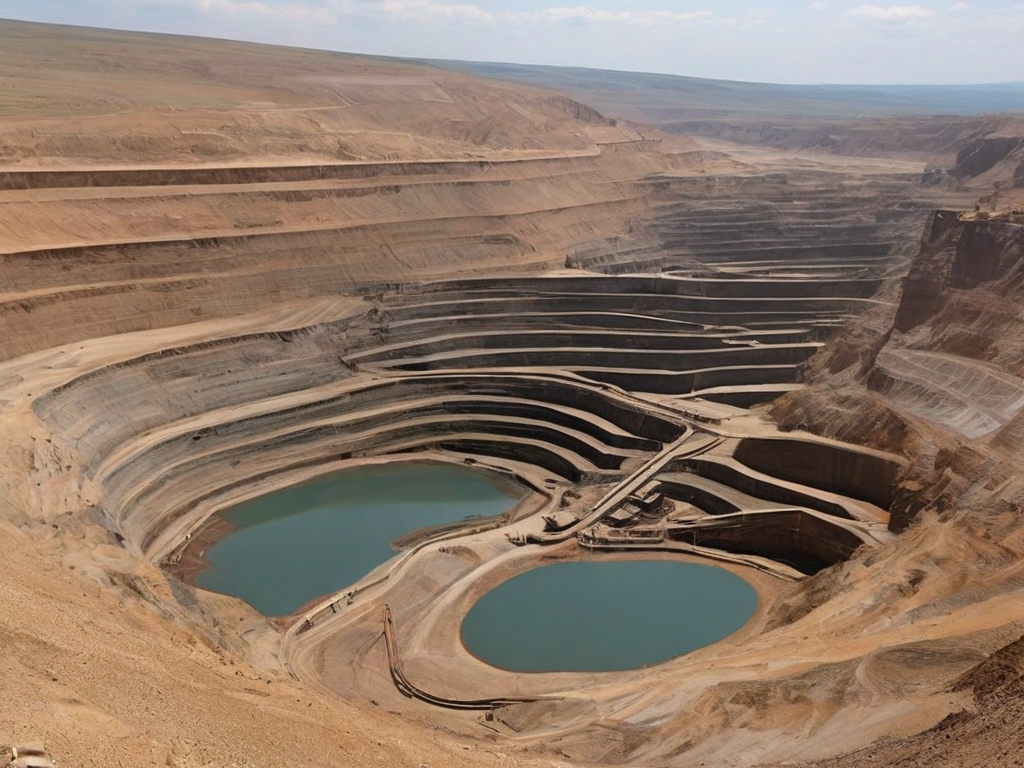When it comes to hazardous environments, safety is paramount. This is where Intrinsically Safe Store, a leading provider of safety equipment, comes into play. We offer a wide range of intrinsically safe and explosion-proof technologies designed to ensure safety in hazardous areas. Visit the Intrinsically Safe Store to explore their extensive product range.
Understanding Intrinsically Safe Technology
Designers use intrinsically safe technology to prevent explosions by ensuring that the energy levels within hazardous areas remain too low to ignite. They achieve this by limiting the electrical and thermal energy in the system to a level below what is required to ignite a specific hazardous atmospheric mixture.
- Energy Limitation: The technology restricts the amount of energy available to a level that cannot cause an explosion.
- Temperature Control: It also controls the temperature to prevent ignition.
For instance, intrinsically safe barriers are used to limit the energy transferred to a hazardous area, thereby preventing ignition.
Exploring Explosion-Proof Technology
Designers design explosion-proof technology to contain and isolate potential explosions, unlike intrinsically safe technology. It does not prevent the occurrence of an explosion within the system; instead, it prevents the explosion from spreading to the surrounding environment.
- Explosion Containment: Designers created the technology to withstand an internal explosion and prevent it from spreading.
- Isolation: It isolates the internal explosion to protect the surrounding environment.
Designers create an explosion-proof enclosure, a classic example of explosion-proof technology, to contain any explosion originating within its housing and to prevent flames from propagating into the surrounding atmosphere.

Choosing Between Intrinsically Safe and Explosion-Proof Technologies
The choice between intrinsically safe and explosion-proof technologies depends on several factors, including the nature of the hazardous area, the type of equipment used, and the specific requirements of the application.
- Nature of Hazardous Area: Typically, people use intrinsically safe technology in areas where gases, vapors, and liquids are present, while they use explosion-proof technology in areas where dust and fibers are present.
- Type of Equipment: People often use intrinsically safe technology for low-power devices, while they use explosion-proof technology for high-power devices.
- Application Requirements: The specific requirements of the application, such as maintenance needs and cost considerations, also influence the choice of technology.
For instance, in a petroleum refinery where flammable gases and vapors are present, intrinsically safe technology may be the preferred choice.
Understanding Intrinsically Safe and Explosion-Proof Technologies
Intrinsically safe and explosion-proof technologies play a crucial role in ensuring safety in hazardous areas. While intrinsically safe technology prevents explosions by limiting energy levels, explosion-proof technology contains and isolates potential explosions. The choice between these technologies depends on various factors, including the nature of the hazardous area, the type of equipment used, and the specific requirements of the application. To learn more about these technologies and explore a wide range of safety equipment, visit the Intrinsically Safe Store or contact us for personalized advice.


























